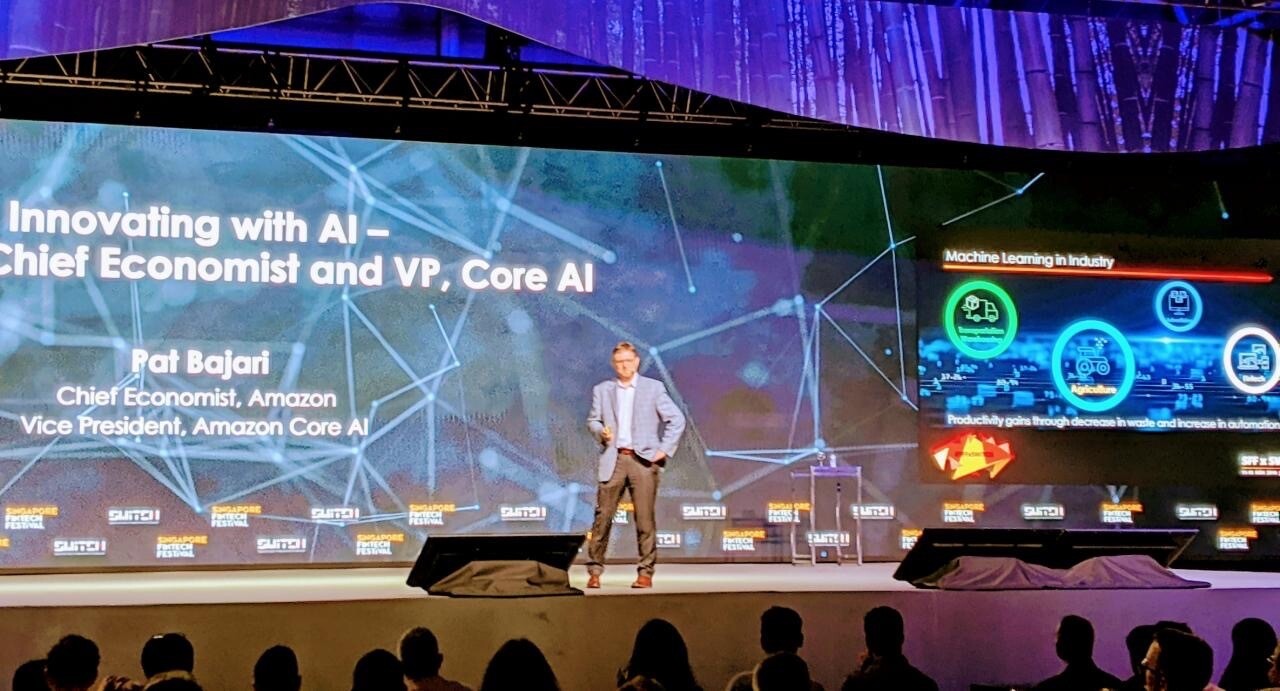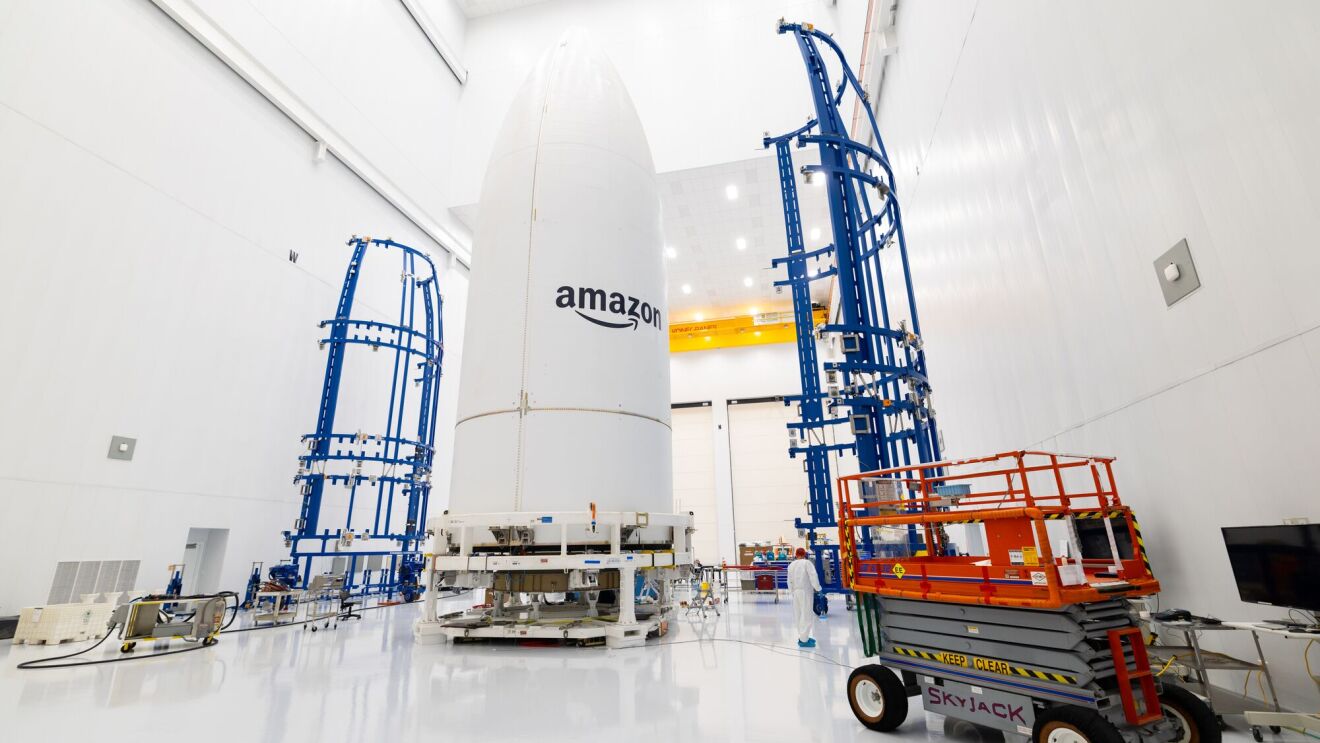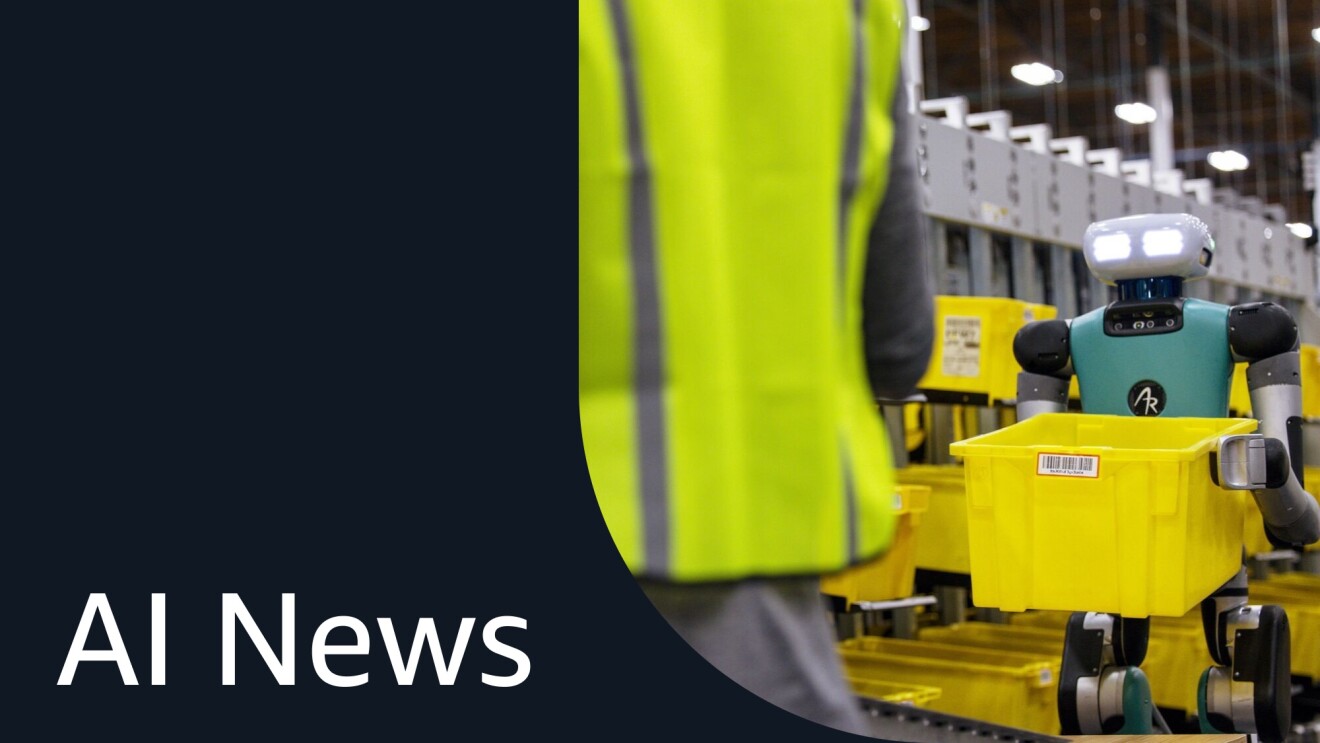About three years ago, Mike Taptich's career took an unplanned detour. At the time, he was working as a researcher and lecturer in UC Berkeley’s Civil and Environmental Engineering department. He felt content with his work, which focused on supply chains and their impact on the planet.
But people in his network kept mentioning a scientist position on Amazon's sustainability team. He needed to look at this position, friends urged him—it was as if he'd written it for himself.
To Taptich, the role seemed almost too good to be true. A research position focused on using big data to drive transportation sustainability at a big company? It seemed to fit perfectly with his interests and expertise. So he submitted his resume. After a few conversations with team members at Amazon, his initial nonchalance turned into excitement.
 Profile of Mike Tapich, at the Amazon SpheresPhoto by JORDAN STEAD
Profile of Mike Tapich, at the Amazon SpheresPhoto by JORDAN STEAD"I called my wife and was like, 'Yeah … you know how I told you it was a 10 percent chance?'" Taptich said. "'Yep, definitely taking this job.'"
The turning point for Taptich, now a senior research scientist on Amazon's sustainability team, was the opportunity to translate his research into tangible results that would inform solutions in the real world.
"I was writing papers for a long while in this space, trying to guide companies—in theory—to read this information and maybe make changes," Taptich said. "When I came to Amazon, I actually had the opportunity to apply the change I had been writing about for so long."
Doing hard things well
For scientists who join Amazon, fast-tracking ideas from theory to reality is often too compelling to pass up. Scientists at Amazon work on a wide variety of applied science projects aimed at continually improving the customer experience and creating positive change in the world. These might include pioneering natural language understanding technology for Alexa, designing solutions at the forefront of robotics, or helping increase safety for employees. Amazon has more than 2,000 scientists with PhDs working on applied science.
For scientists who join Amazon, fast-tracking ideas from theory to reality is often too compelling to pass up. Scientists at Amazon work on a wide variety of applied science projects aimed at continually improving the customer experience and creating positive change in the world. These might include pioneering natural language understanding technology for Alexa, designing solutions at the forefront of robotics, or helping increase safety for employees. Amazon has more than 2,000 scientists with PhDs working on applied science.
"Amazon is a bottomless well of interesting scientific problems, many of which have not been solved yet," said Pat Bajari, chief economist and vice president, Amazon Core AI. "The leaders here value high-quality science, and scientists at Amazon have the ability every day to improve the lives of hundreds of millions of people."
 Pat Bajari, chief economist and vice president of Amazon Core AI
Pat Bajari, chief economist and vice president of Amazon Core AIBajari joined Amazon in 2010, a time when relatively few scientists were employed at the company. The following year, he said, an urgency emerged around hiring experts in artificial intelligence and machine learning to improve the decision-making capabilities of software. The number of scientists working for the company expanded quickly.
One of them was Guido Imbens, a professor at Stanford University who teaches econometrics—a discipline that applies statistical methods to analyze large sets of data. Bajari first invited Imbens to give a series of talks to Amazon's economists. But as Imbens spoke with Amazonians on his visits, he uncovered opportunities to do even more.
"Amazon had a fascinating array of problems that fit exactly the types of questions I'd been working on," he said. Imbens joined the company in 2014 while maintaining his role at Stanford and continuing to teach, with part of his time spent working on projects aimed at improving the site's recommendations for customers.
That arrangement has since been formalized and broadened with Amazon Scholars, a program that allows academics to join Amazon in a flexible role. Like Taptich and Bajari, Imbens was drawn to the idea that he could test new ideas with real-world data. “It was a chance, he said, to see "how the methods I'd been working on would actually work in practice in a high-stakes environment where the answers really mattered."
Science meets the real world
When he joined Amazon, Taptich soon found himself at the center of the company's most high-stakes environmental project to date: the launch of its Climate Pledge to be carbon neutral by 2040, 10 years earlier than the targets set under the Paris Agreement.
When he joined Amazon, Taptich soon found himself at the center of the company's most high-stakes environmental project to date: the launch of its Climate Pledge to be carbon neutral by 2040, 10 years earlier than the targets set under the Paris Agreement.
Taptich worked on the research, models, and language to estimate and communicate Amazon’s carbon footprint. The fall 2019 pledge announcement was a gratifying moment after three years spent developing a methodology that went far beyond the status quo for corporate greenhouse gas reporting.
"It was, hands down, the most gratifying thing I've ever done," Taptich said. "I didn't know what to expect when I joined Amazon, but it certainly wasn't going carbon neutral by 2040. I always knew we would do something big—but that, to me, was colossal."
Taptich shares his research with teams from across the company and helps Amazonians integrate his models into their daily operations. He also participates in a larger science community at the company, where he attends events aimed at helping scientists continue to learn and network—such as internal conferences where scientists can present their work, source peer reviews, and learn about submitting research for publication in scholarly journals.
“People have been incredibly collaborative,” Imbens said. “If I say, hey, I need some help here, people are very quickly willing to give their time to move the whole thing forward. There's a very clear understanding that there's a common goal.”
The number and diversity of scientists at Amazon today lend an academic feel to an otherwise business-driven and customer-focused environment. For those familiar with some of the processes that slow down research at universities, the bias for action embedded in Amazon's leadership principles is refreshing.
"There’s a vibrant and growing science community here," Taptich said. "We do research every day, but it's focused less on funding and more on building solutions, which is awesome."
Learn more about Amazon Scholars
Trending news and stories
- Amazon CEO Andy Jassy shares the simple question that helps power Amazon's innovation
- Amazon will share its Q1 2025 earnings on May 1
- The Amazon Book Sale is back April 23-28 with thousands of deals across books, select devices, and memberships
- Amazon CEO Andy Jassy shares how AI will reinvent ‘virtually every customer experience we know’









